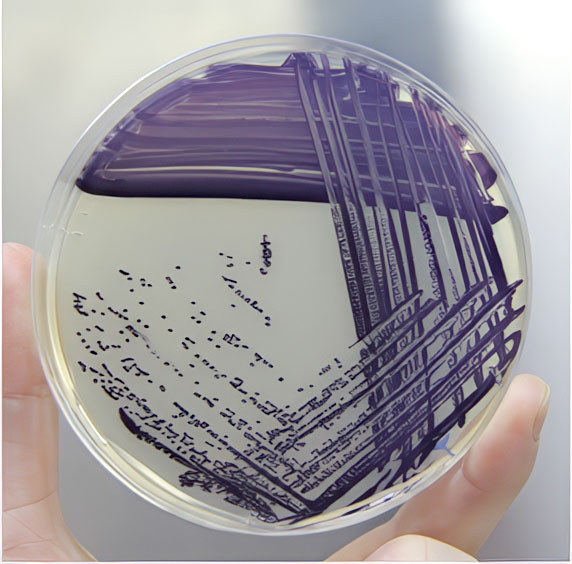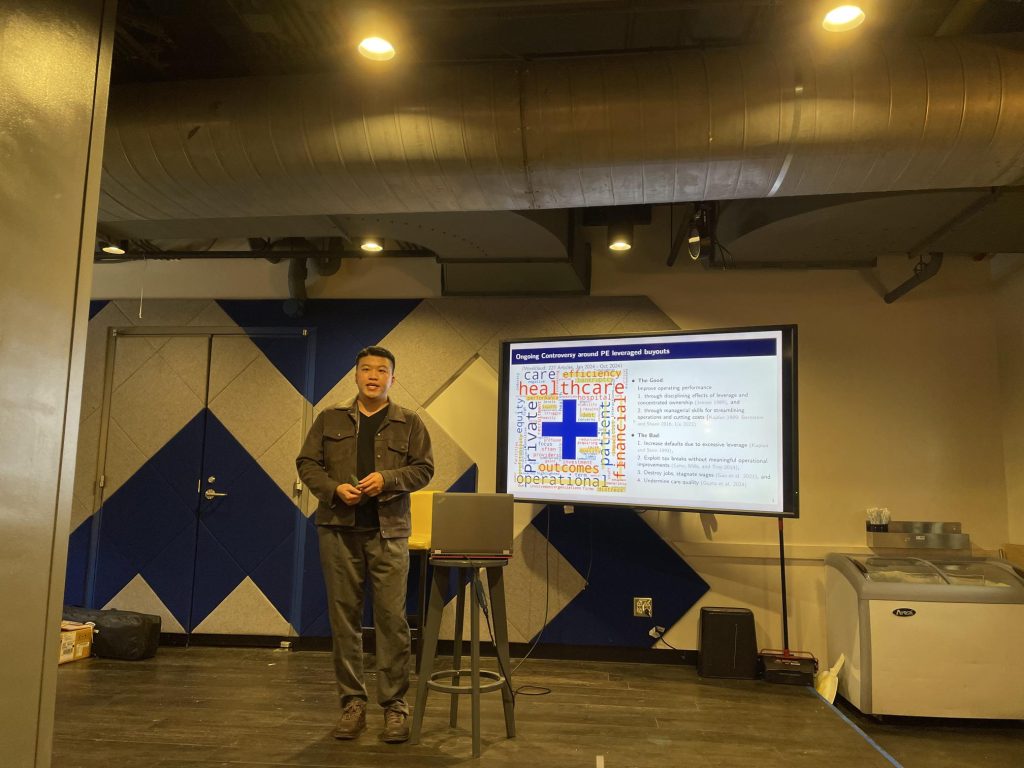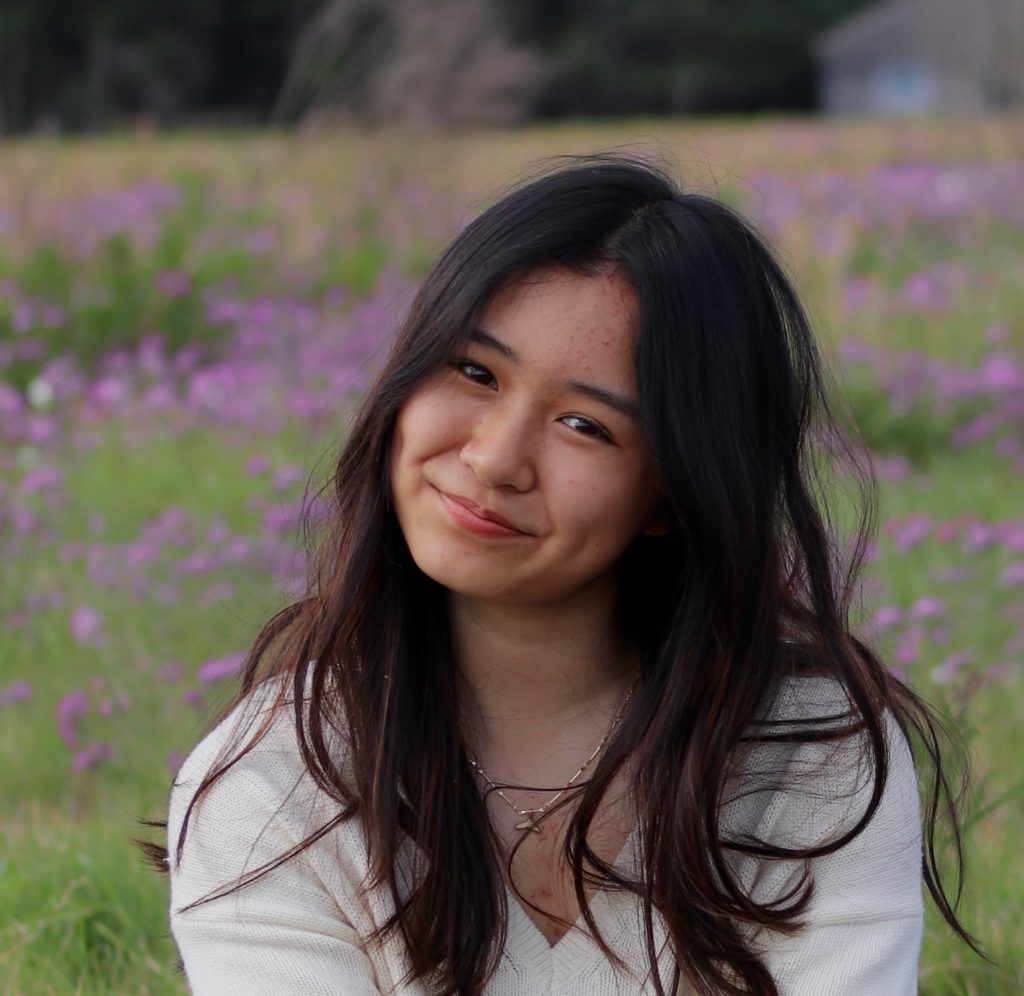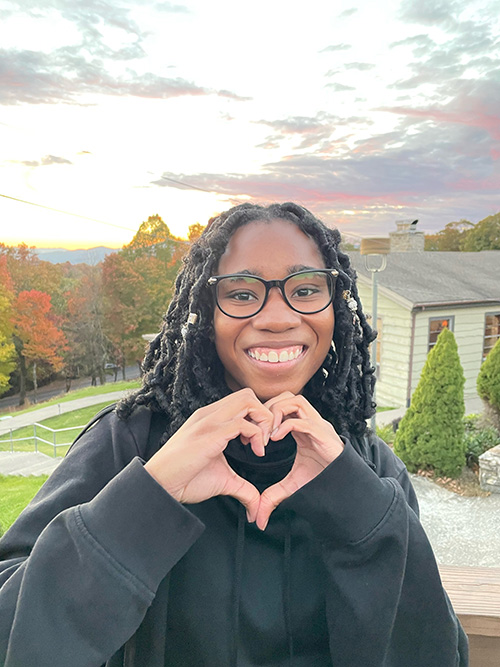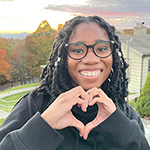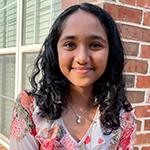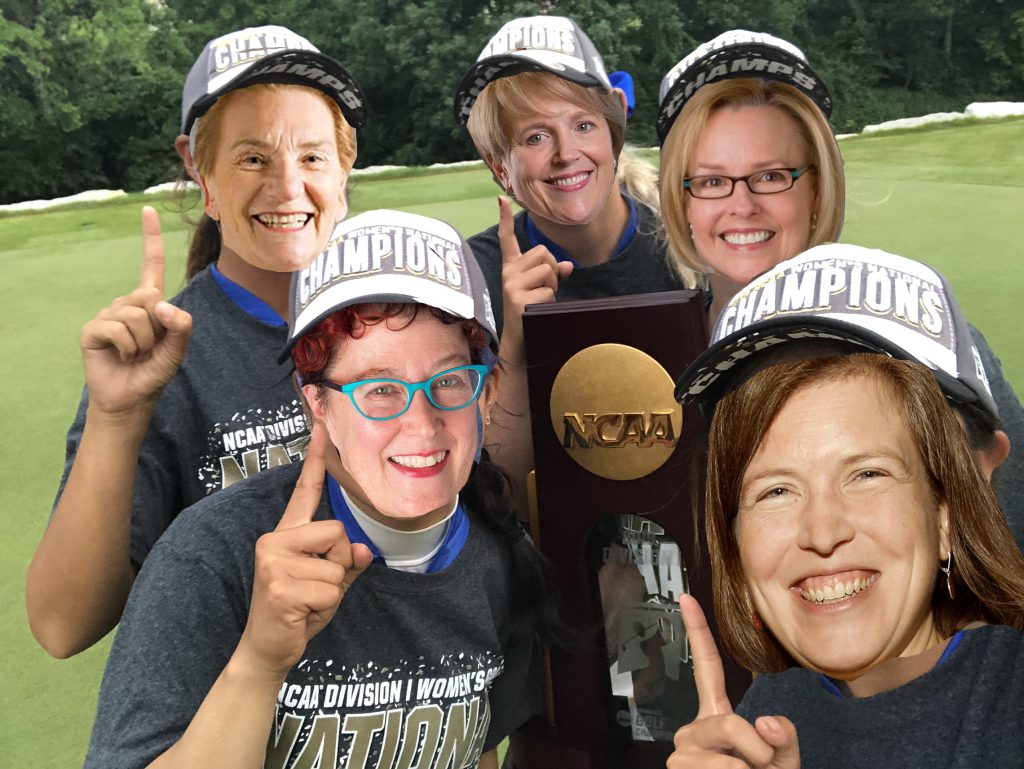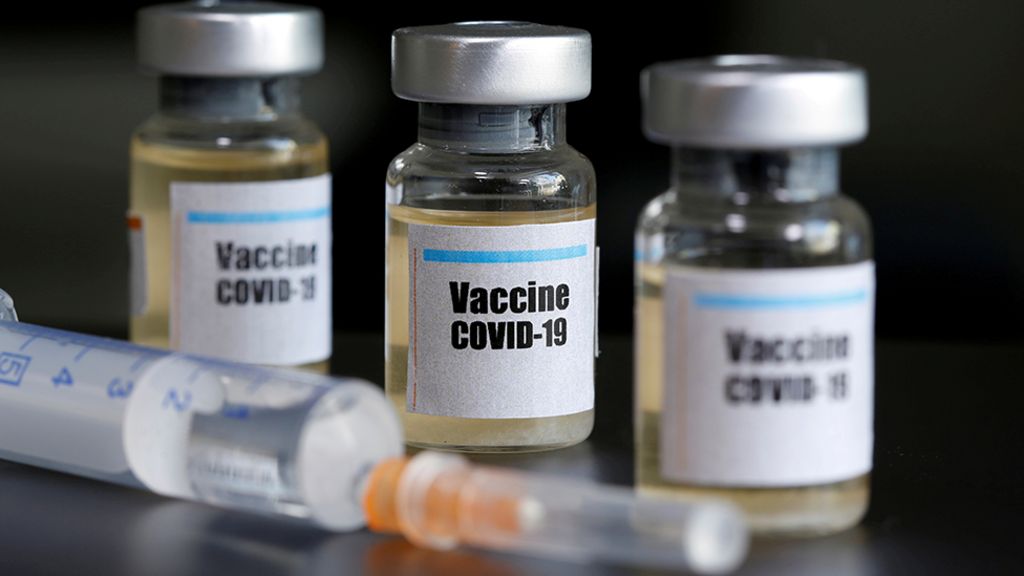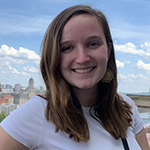Carol Colton, a distinguished professor in neurology and pathology and a member of the Duke Institute for Brain Sciences, is renowned for her groundbreaking research on the immune response’s role in the onset and progression of brain diseases, particularly Alzheimer’s disease (AD). She is a firm believer in using animals such as mice for scientific research, saying that progress in understanding and treating diseases like Alizheimer’s would not be possible without them. With a shorter life cycle than humans, mice can be studied throughout their whole life and across multiple generations. They are also biologically similar to humans and susceptible to many of the same health problems, such as Alzheimer’s. Her work has reshaped our understanding of the brain’s immune system, challenging the long-held notion that the brain is “immune privileged.”

Central to Colton’s research is the role of “microglia,” the brain’s resident macrophages. Once thought to be passive observers in brain immunity, microglia are now recognized as active defenders, crucial in maintaining brain health. Colton’s early studies revealed that these cells not only eliminate harmful substances but also adapt to chronic conditions like Alzheimer’s. In this disease, microglia’s prolonged immune activity disrupts the brain’s metabolic balance, necessitating adaptations in neurons, astrocytes, and microglia themselves. She likens this adaptation to the brain coexisting with a parasite – functional but at a metabolic cost.
Her research underscores how microglia can initially protect against Alzheimer’s by combating amyloid plaques and phospho-tau proteins but eventually contribute to the disease’s progression as metabolic disruptions intensify.
Colton’s approach integrates physiology and pathology, exploring how changes in normal physiological processes influence disease pathology. Her lab employs a variety of advanced techniques, from cellular microscopy to gene and protein analysis, to map the intricate relationships between brain metabolism and disease. This multidisciplinary approach enables a deeper understanding of how the brain’s unique environment shapes disease progression.
A cornerstone of Colton’s recent work is her discovery of “Radical S-Adenosyl domain 1 (RSAD1),” a mitochondrial protein found at the bottom of the ocean critical to understanding Alzheimer’s. RSAD1 is overexpressed in Alzheimer’s neurons, altering methionine metabolism and mitochondrial function. These disruptions contribute to the disease’s characteristic metabolic imbalance. By developing RSAD1-negative and RSAD1-overexpressing mouse models, her lab provides crucial tools to study the protein’s impact on neuronal and mitochondrial metabolism in the presence of amyloid plaques and phospho-tau.
RSAD1 also appears to be linked to methionine depletion in the brain, which may further exacerbate Alzheimer’s pathology. These findings pave the way for novel therapeutic targets aimed at restoring metabolic equilibrium in the brain.
Colton’s scientific journey is deeply influenced by her family’s academic legacy, particularly her mother, who earned a chemistry degree during an era when women faced significant barriers in science. Inspired by her mother’s determination, Colton is a passionate advocate for women scientists, often emphasizing the importance of diversity and mentorship in STEM fields.
Colton’s work highlights the slow, insidious nature of Alzheimer’s disease, driven by metabolic and immune system changes over decades. By asking fundamental questions, such as whether Alzheimer’s results from the loss of key metabolites or whether microglia contribute to this depletion, her research aims to uncover the mechanisms that underlie the disease and identify strategies for intervention.
In the fight against Alzheimer’s, Colton’s discoveries, particularly those surrounding RSAD1 and microglial activity, are setting the stage for innovative treatments. Her dedication to unraveling the complexities of brain metabolism and immune response solidifies her place as a leader in neurology and pathology, with an enduring impact on the field of Alzheimer’s research.


